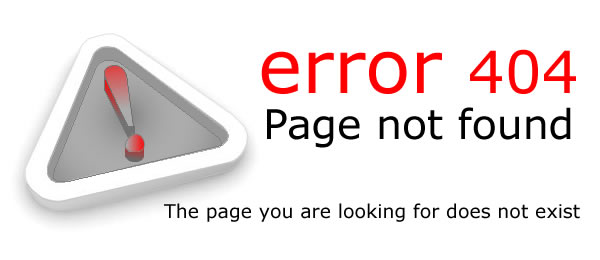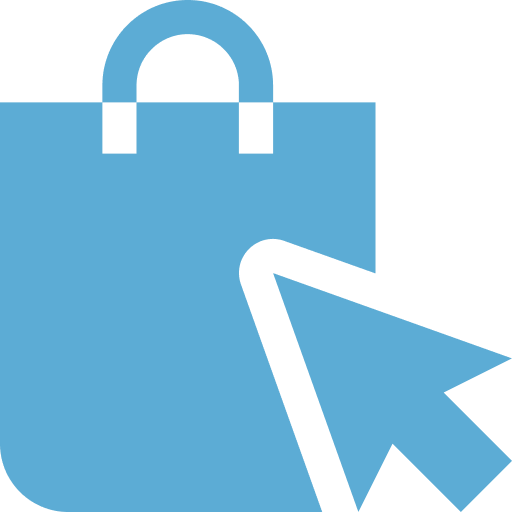
9 Most Common HTTP Errors and their explanation
Display of HTML error pages is certainly the most common experience of one and all. You will commonly see the 404 error or the Not Found error. Well there are various HTML error pages which we are not aware of. In fact we are not aware of what happens in the background when we see these HTML error pages on the screen.
If considered from the technical aspect, the codes are always meant to convey very important information to the user. The whole concept can prove to be very useful if one has proper idea. Using them effectively will surely reduce the bounce rate as well as increase the search engine ranking giving you proper knowledge about the site’s performance.
Learning about the status code
Behind each and every error page which is available on the web, there is a proper HTTP status code which is sent by the web server. Usually status codes come in the proper format of 3 digit numbers. The first digit of the code helps us to understand the class of the code
- 1XX status codes for those who have informational purpose.
- 2XX shows success.
- 3XX shows redirection
Well these classes do not result in an HTML error page as the clients know what to do and proceed without any hesitation. We usually notice some of the common types like 4XX and 5XX
- 4XX which is usually the client-side errors
- 5XXs indicate the various problems on the side of the server.
In the above two cases, HTML error pages are displayed as the client usually have no idea on how to proceed. Let us get an idea on what happens in the background and what can be done about it.
Client-side errors- 4XX
1. 400 – Bad Request
In the case when the clients send a request which the server fails to understand then 400 Bad Request error page is displayed. The common cause behind this is that the data send by the browser is not following the rules of the HTTP protocol.
Whenever one sees this error page then it is advisable to test the own PC as well as contact the owner of the website. Try to clear the cache and open the same web page in different browser.
2. 401 – Authorization Required
Whenever the server responds with a 401 Authorization Required code then you are trying to open a password protected web page and a popup arrives asking the user to provide a login and password.
By getting all the credentials, you can proceed to the website and get access to the site which is protected. Any website owner can add that same password protection to the website with the help of cPanel account.
3. 403 – Forbidden
When the server understands the client’s request clearly but some reasons refuses to fulfill it. By this the server can reject the request of the client without any explanation.
The most common reason being that the website owner do not permit visitors to browse the file directory structure of any site. Well this step is certainly very necessary as the security of the website is very necessary.
4. 404- not found
Well this is a well known error HTTP status code and you surely may have read various posts about customization of 404 pages. This page is displayed when the server does not find anything on the location which is requested.
This happens in case of two scenarios when the visitors have mistyped the URL or the permalink structure has changed with the incoming links pointing to different locations. Well this kind of problem usually disappears after a very short time.
As per Google, 404 do not have any bad impact on the rankings but reducing the 404 error with reduce bounce rate.
5. 408 – request time out
Now when the request of the client takes very long then the server usually times out and closes the connection. The time out usually happens because the server does not receive complete request.
408 errors can be fixed by refreshing the page by pressing F5
6. 410 – Gone
The error 410- Gone error page is very like the error 404. But the 404 suggests that the file may be available somewhere but 410 indicates a permanent condition.
410 shows client that the resource was deliberately made unavailable as the owner of the website may wants the incoming links to be removed from the web.
Server Errors (5XX)
7. 500 – Internal Server Error
Internal Server Error is one of the famous server errors as it is used when the server faces an unexpected situation and cannot fulfill the client’s request. This code is a generic one.
This problem is certainly not on our end but we can do something to resolve it like reloading the page or clearing the cache, deleting the cookies or restarting the browser.
8. 502 – Bad Gateway
Well this error represents a communication trouble between two servers. This occurs when the client connects to server which acts as a proxy or gateway to any upstream server.
When the proxy server receives a bad error from upstream server then this error occurs.
This happens when one of the machines is not properly configured or programmed. Hosting provider should be contacted if the problem.
9. 503 – Service Temporarily Unavailable
When you see Service Temporarily Unavailable message then there is a temporary over load on the server then it is going through maintenance. The 503 error code means that the web server is not available. This is usually a temporary condition which is soon resolved.
When you are a website owner, it is very important to have proper knowledge about the various codes as they may help you to properly handle the maintenance of the website. Now if you handle the maintenance in the right way then it will surely not hurt your search engine ranking.

 Ecommerce Development
Ecommerce Development 













